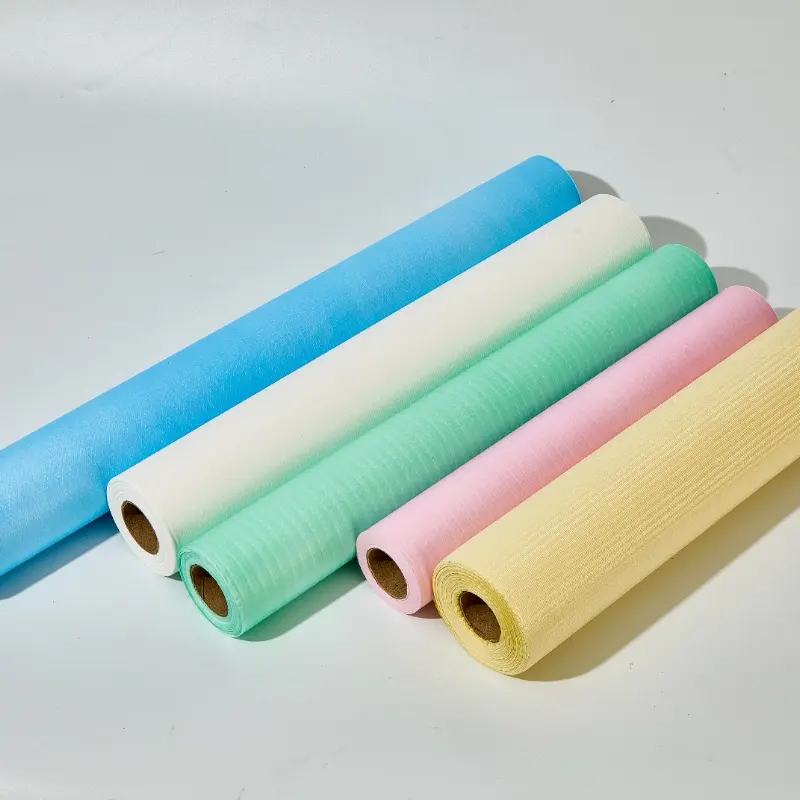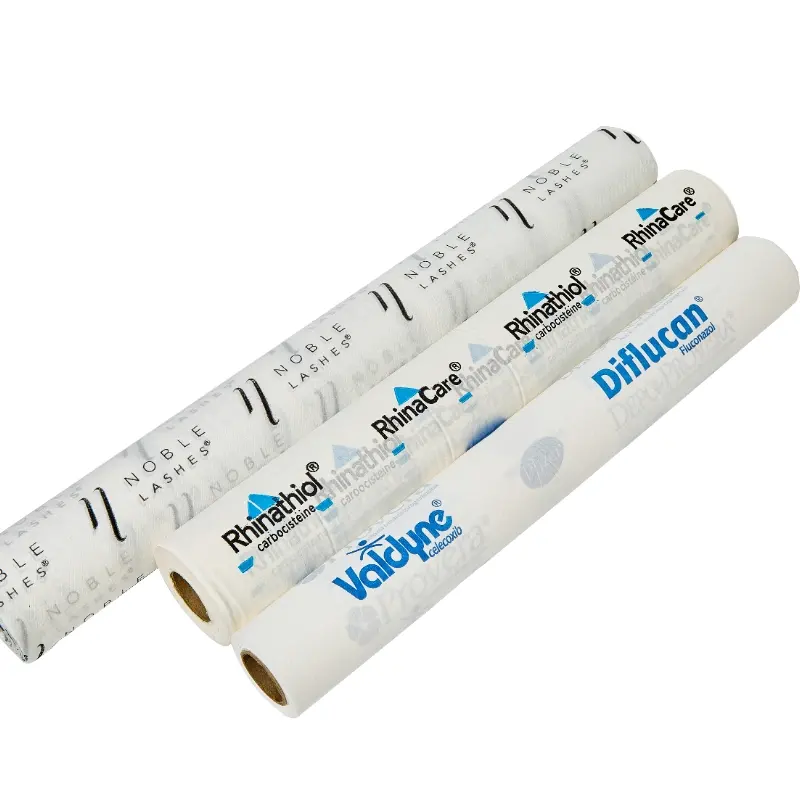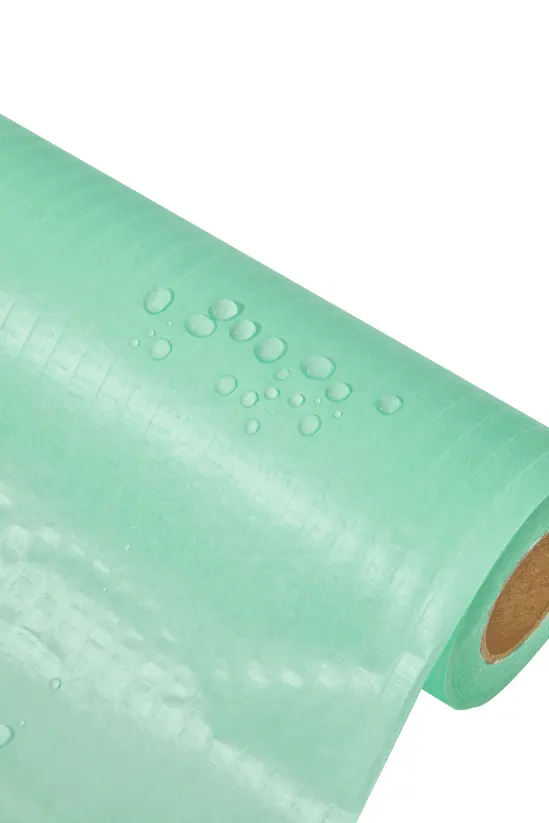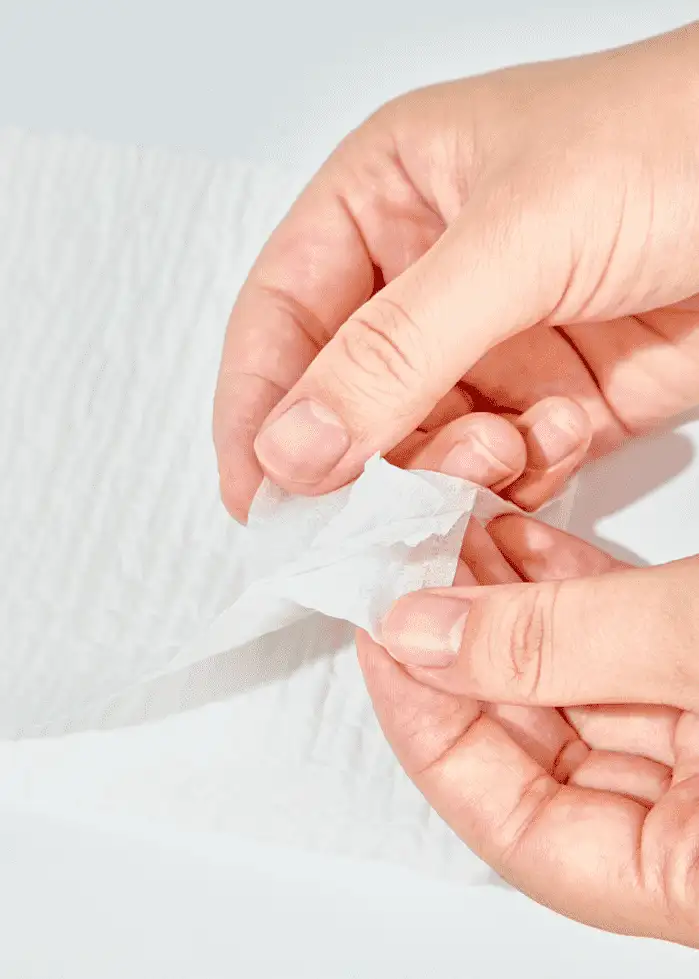What causes retinal detachment?
Retinal Detachment (RD) refers to the separation of retinal nerve epithelia from pigment epithelia, resulting in the inability of photoreceptor cells to properly receive and conduct light signals, which can lead to irreversible visual impairment or even blindness in severe cases. RD can be divided into three categories: porosity, tractive and exudative. Among them, rheogenic retinal detachment is the most common, accounting for more than 80%, then this article will explore in depth - rheogenic retinal detachment!

Rhegmatogenous Retinal Detachment (RRD) is a common blinding disease in ophthalmology. It is mainly caused by retinal retinal retinal retinal detachment (RRD), which is characterized by vitreous fluid penetration into the subretinal space caused by retinal pores or cracks, resulting in the separation of nerve epithelium and pigment epithelium. If not treated in time, It can lead to irreversible visual impairment and even blindness. Retinal hole formation: Common causes include retinal degeneration (e.g. lattice degeneration, cystic degeneration), high myopia (thinning of the peripheral retina due to axial elongation of the eye), eye trauma, and a history of surgery. Most of the degeneration areas are located in the peripheral retina, and most of them are in the superior temporal quadrant. Vitreous factor: vitreous liquefaction and post-detachment (PVD) is a key factor in the penetration of liquefied vitreous into the retina through the hiatus. The mechanical tug of the vitreous body on the retina can aggravate the enlargement of the hole, resulting in the extension of the detachment range.

01 Common causes of high myopia: the eyeball is prolonged and the retina is thinner, which makes the local hole easily formed and becomes the "entrance" of detachment. Eye trauma: Blunt trauma or penetrating injury can directly destroy the integrity of the retina, resulting in hiatus and subsequent detachment. Posterior vitreous detachment: With age or due to genetic factors, vitreous degeneration and traction lead to the appearance of the hole. Abnormal eye development: Some congenital diseases, such as familial exudative vitreoretinopathy, may also increase the risk of RRD.
02 Clinical manifestations Flashing sensation: generally appears at the edge of the visual field. Floaters: The sudden appearance of many fluttering dark shadows in front of the eyes is caused by the detachment of the vitreous body. Visual field occlusion: like a curtain or curtain, it can be stationary, or it can be expanded with the continuous expansion of the RRD range, and the central vision will be seriously decreased when the macular area is involved. Visual deformation, visual loss: some patients with chronic retinal detachment will have visual deformation, slow visual loss, etc., and some may be accompanied by vitreous bleeding.
03 Diagnostic Methods Fundus examination: After mydriasis, the range of retinal detachment and the location of the hole were observed by indirect ophthalmoscope or three mirrors. The typical manifestations were gray eminence. Optical coherence Tomography (OCT) : can visually display the structural changes of each layer of the retina to help assess the extent of detachment and macular involvement. B-ultrasonography: It is suitable for the cases where the fundus cannot be directly observed due to the opacity of the vitreous body, to provide the degree of detachment and the location of the hole. Fluorescein fundus angiography: In difficult cases to assist the identification of hiatus and its surrounding lesions, to facilitate surgical planning. Perimetry: To assist in the assessment of visual field defects, and to confirm the clinical manifestations.

Also welcome to contact us, we are ZD Medical Inc.
Tel : +86-137 3544 0201
Email : sales@zd-med.com
Whatsapp/Mobile : +86-187 9586 9515














